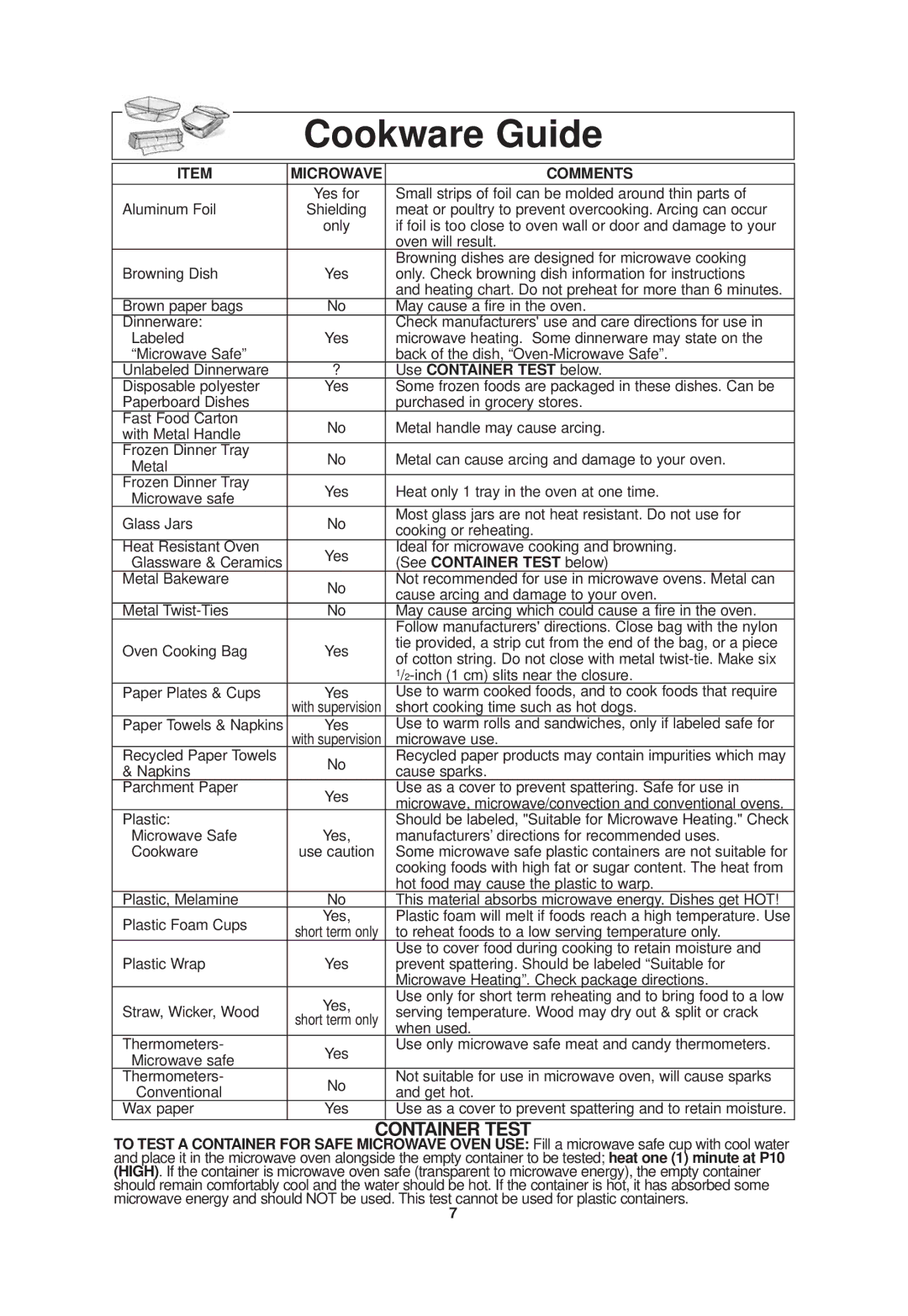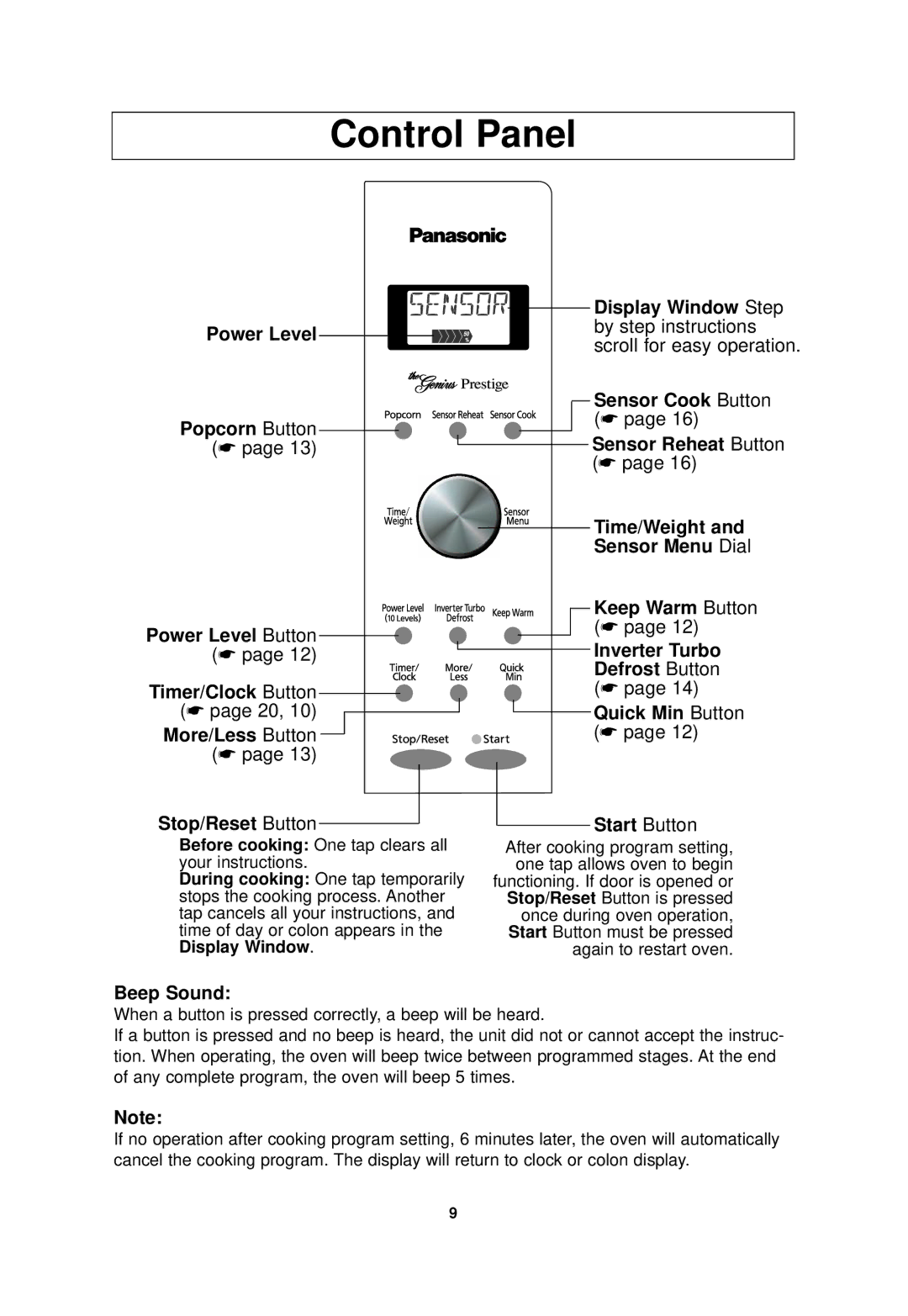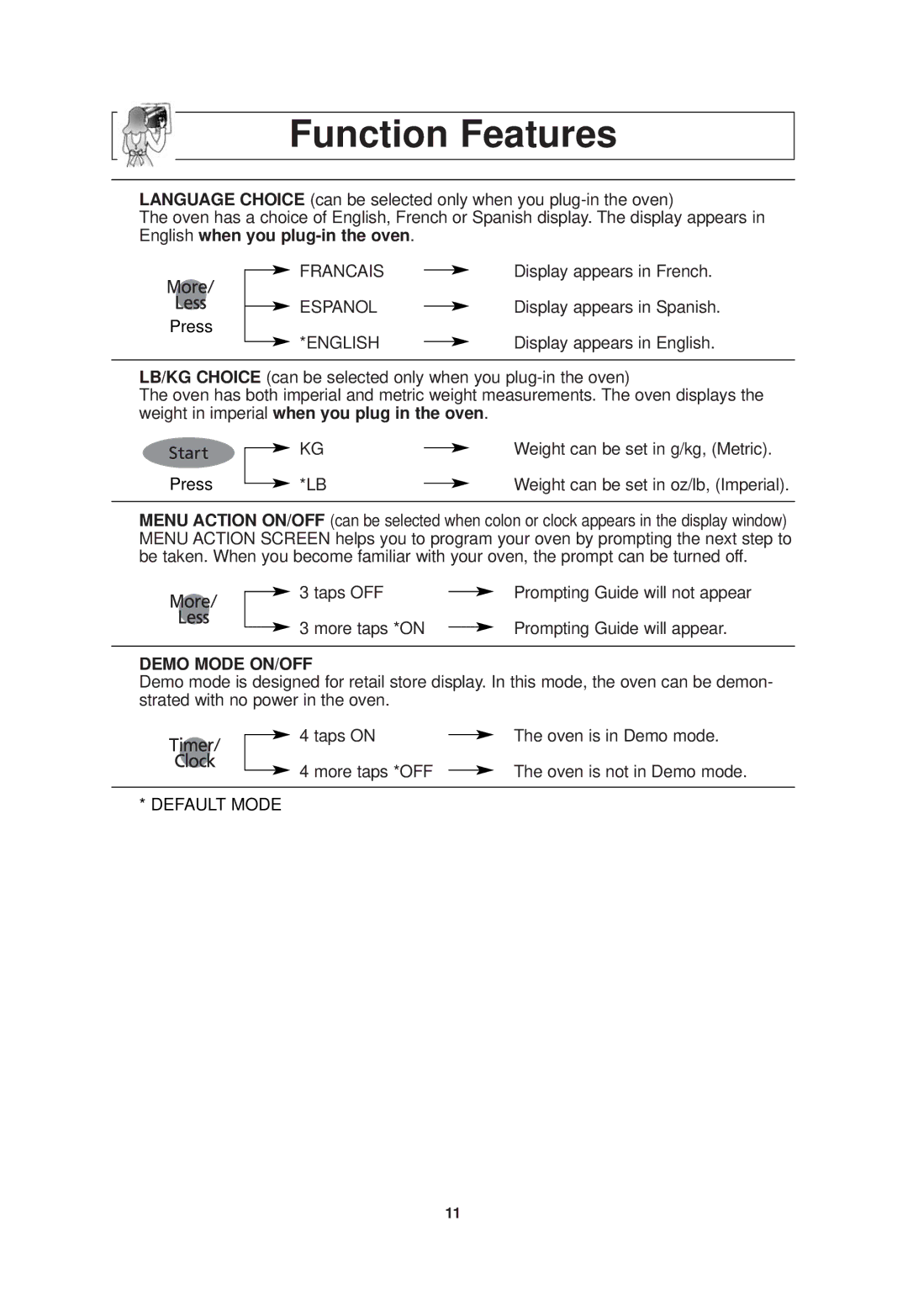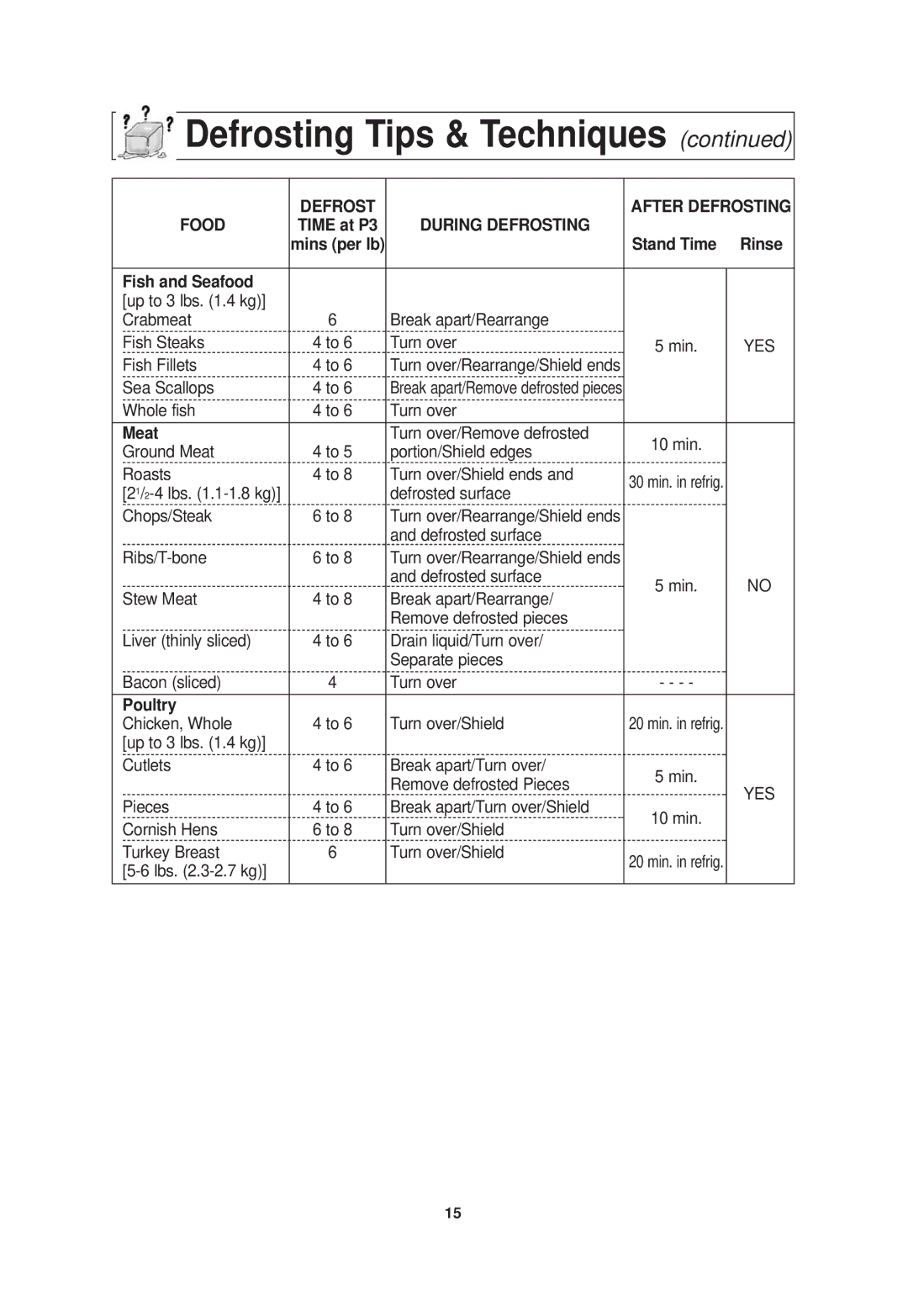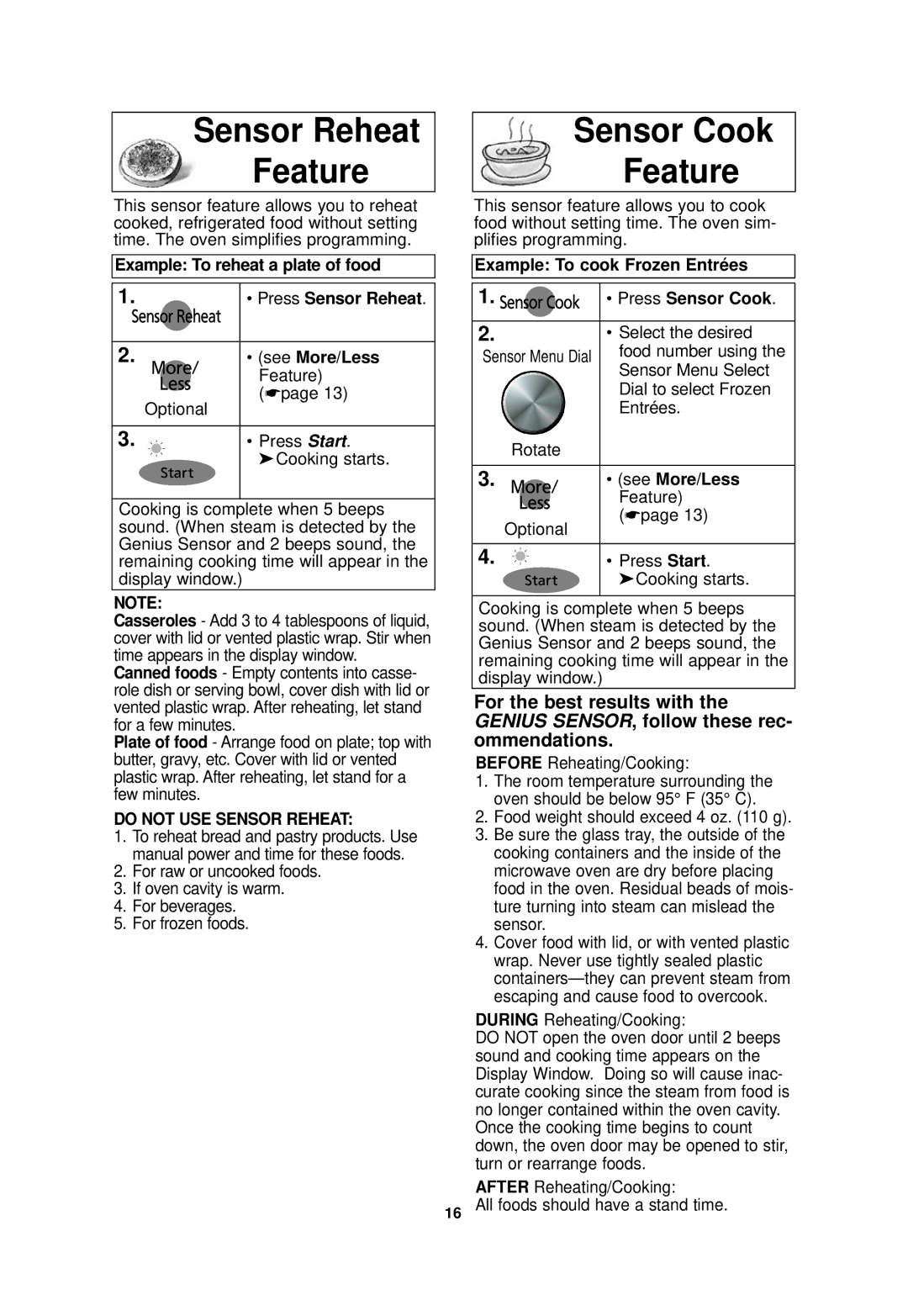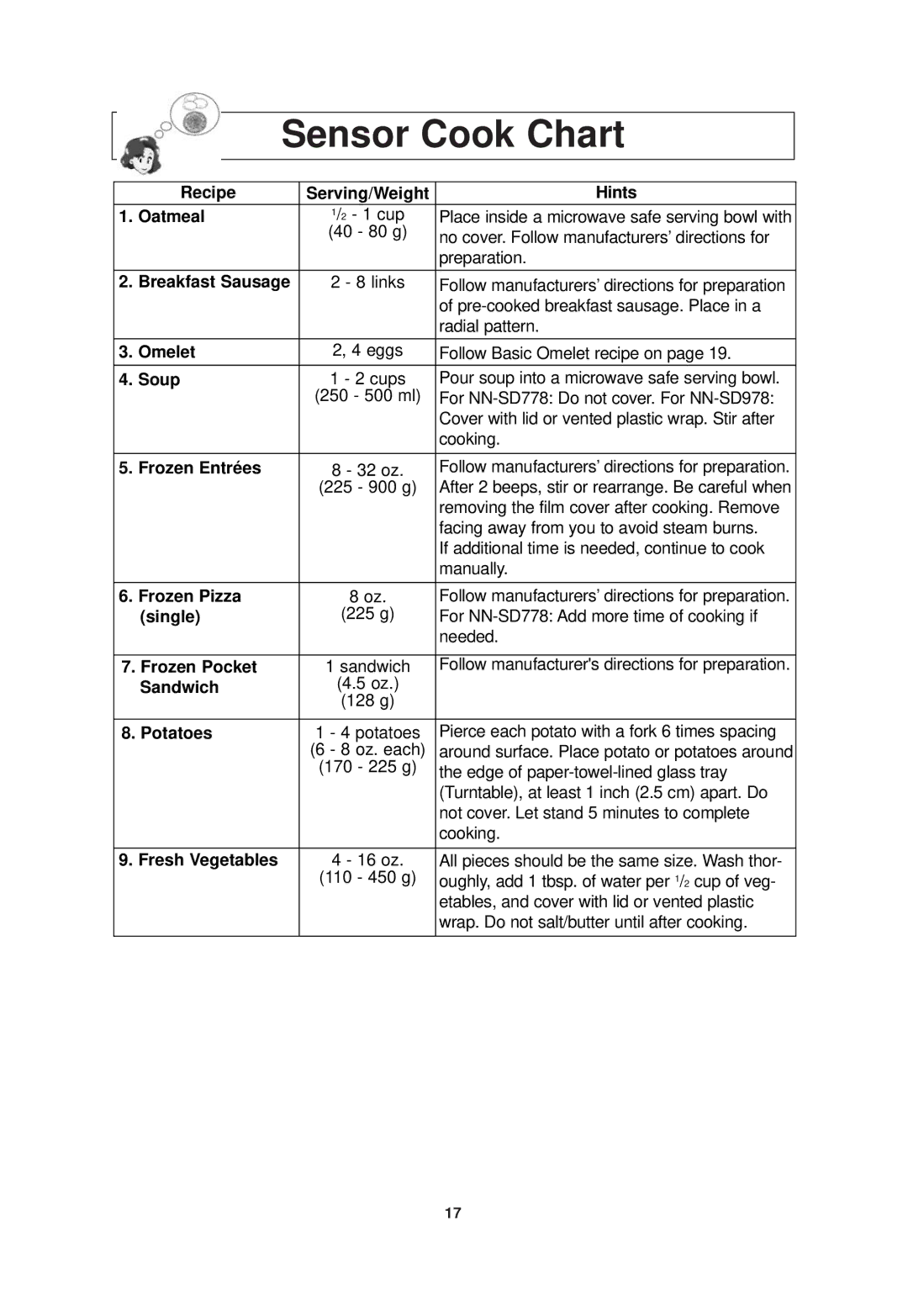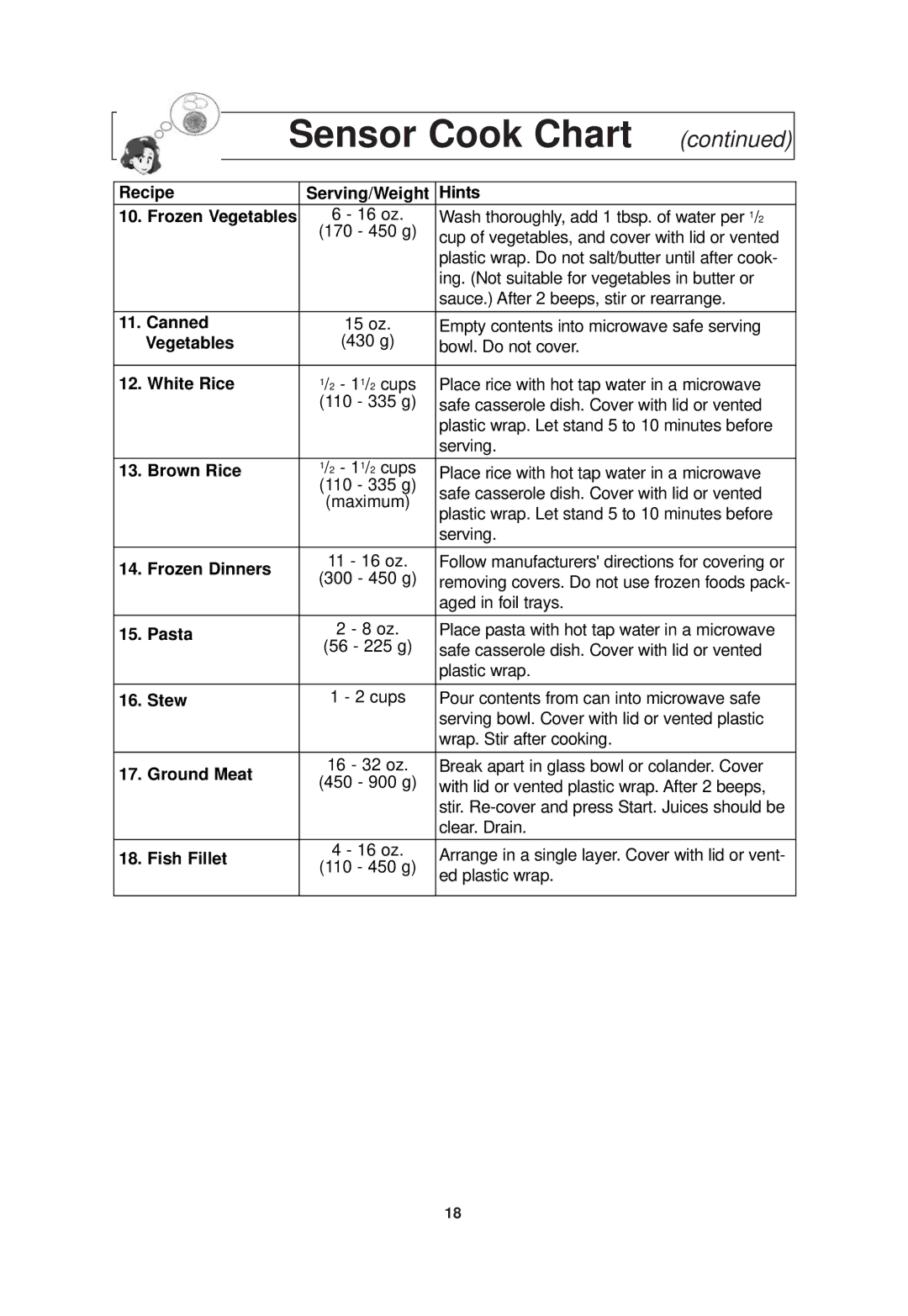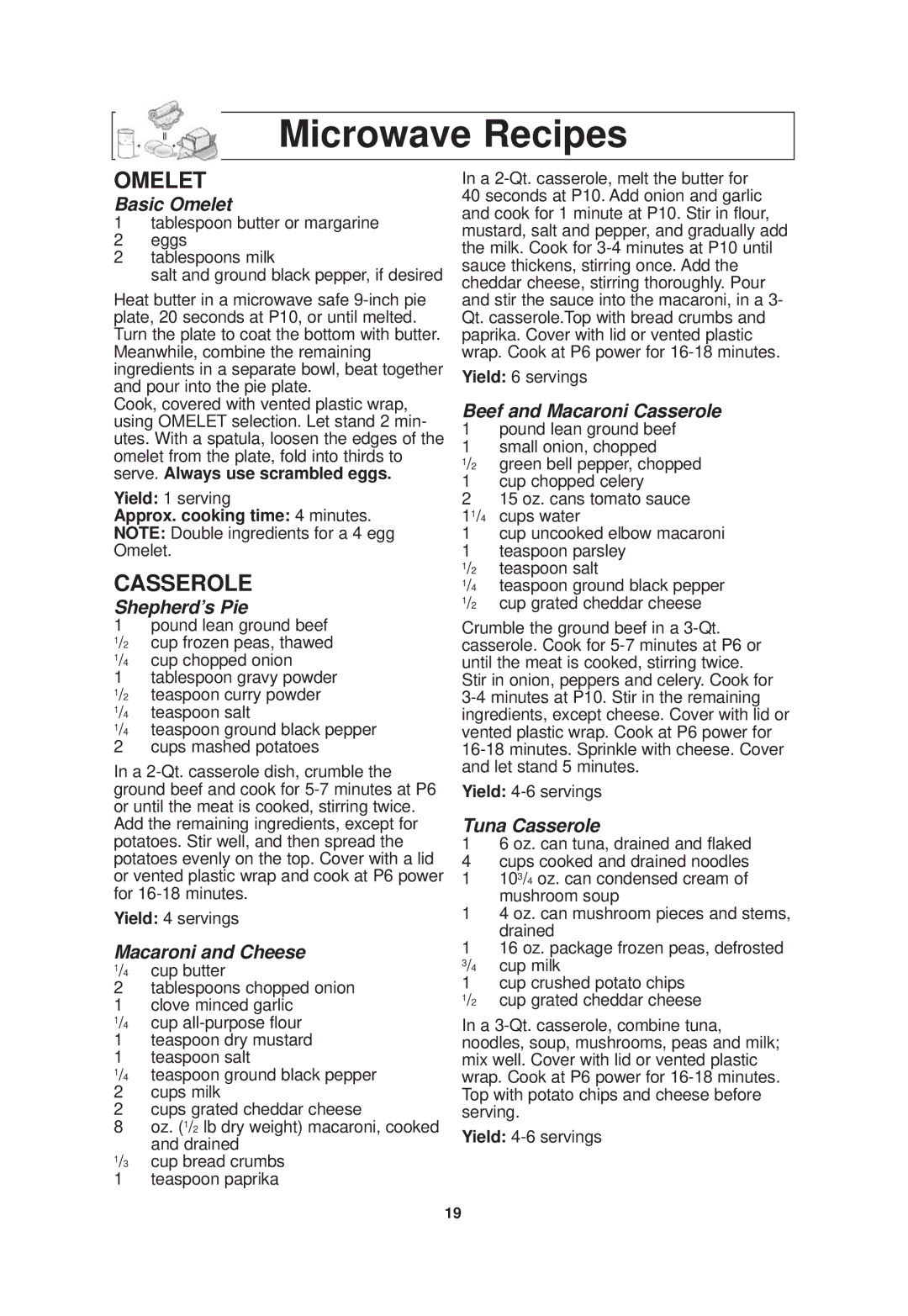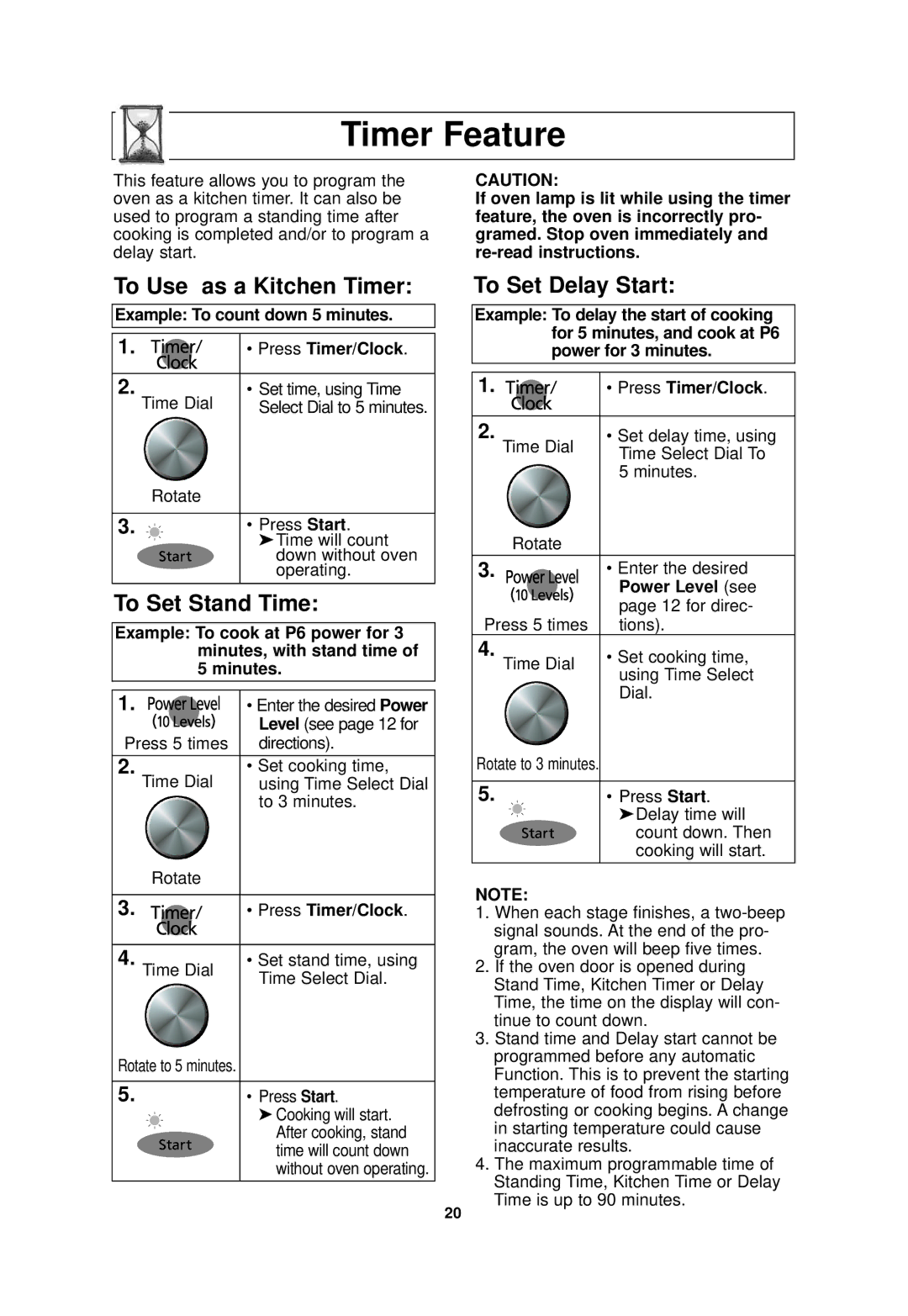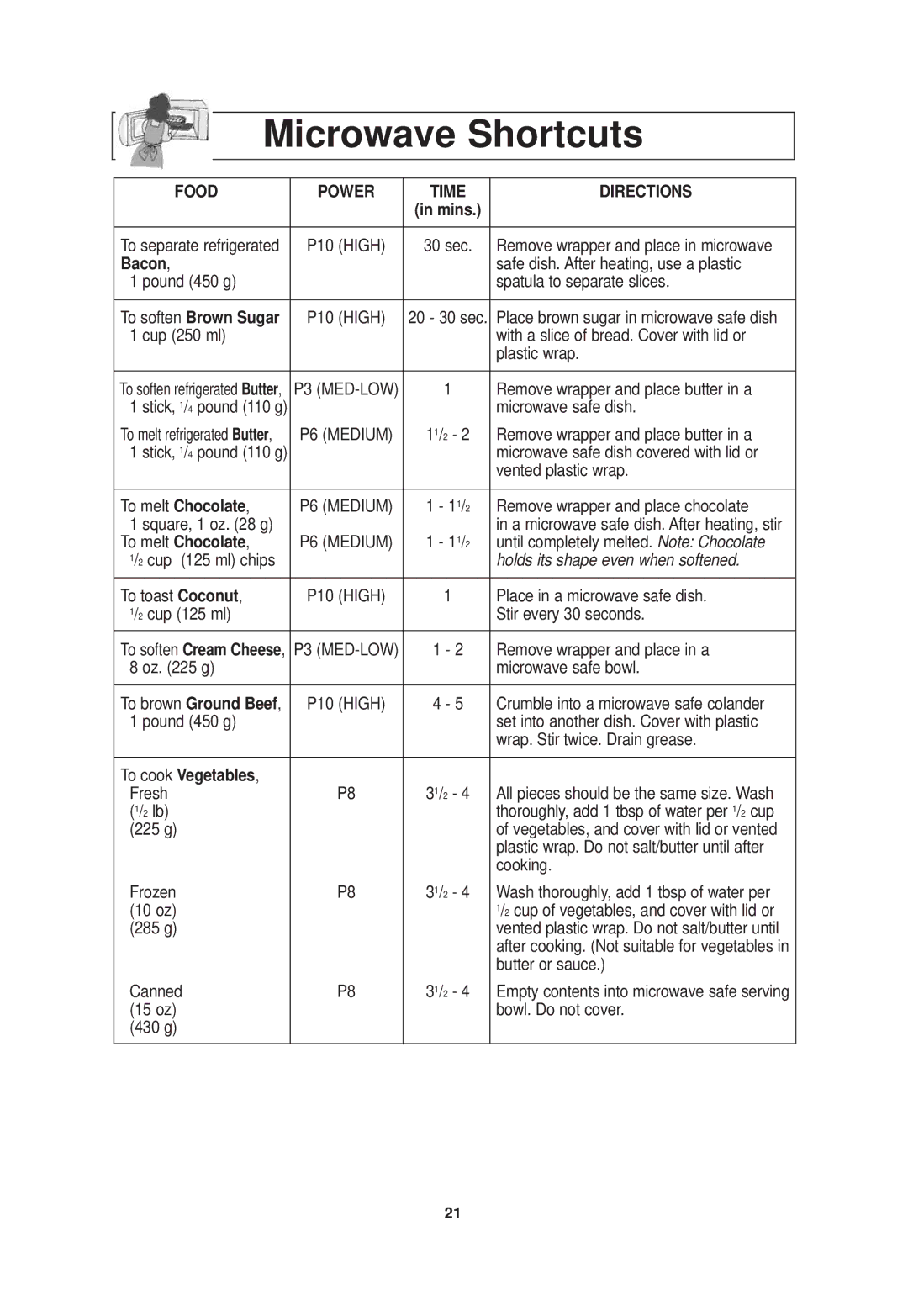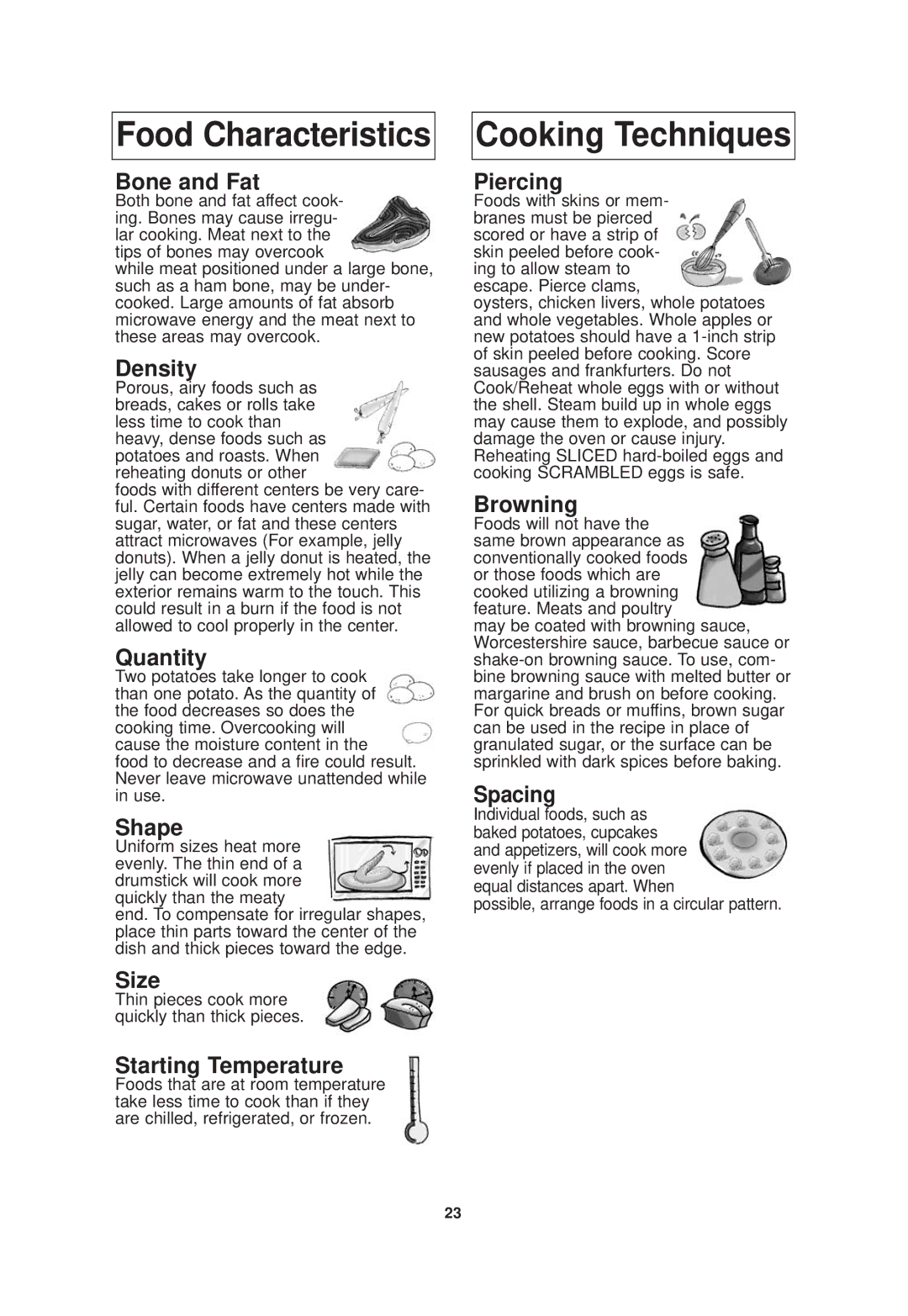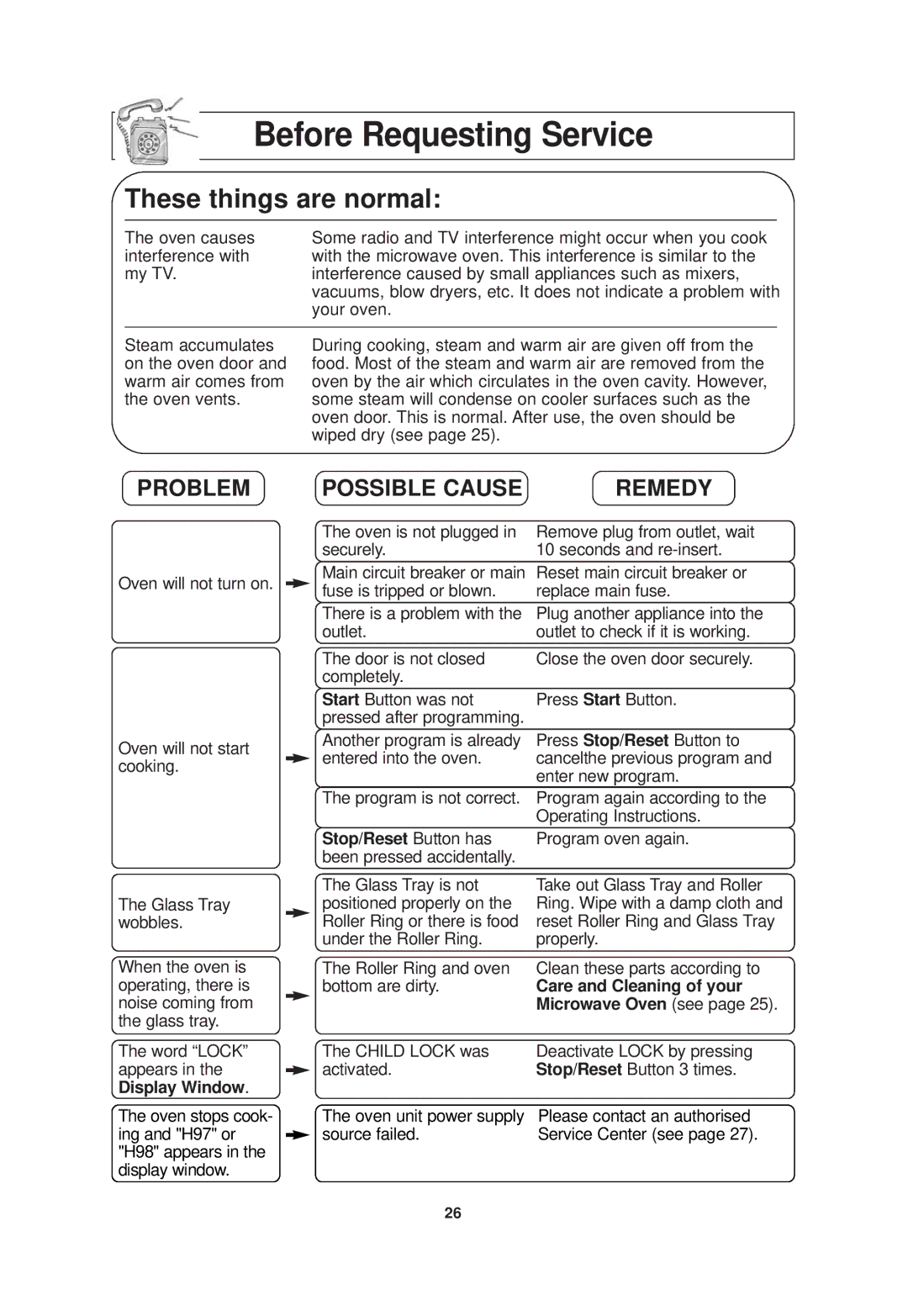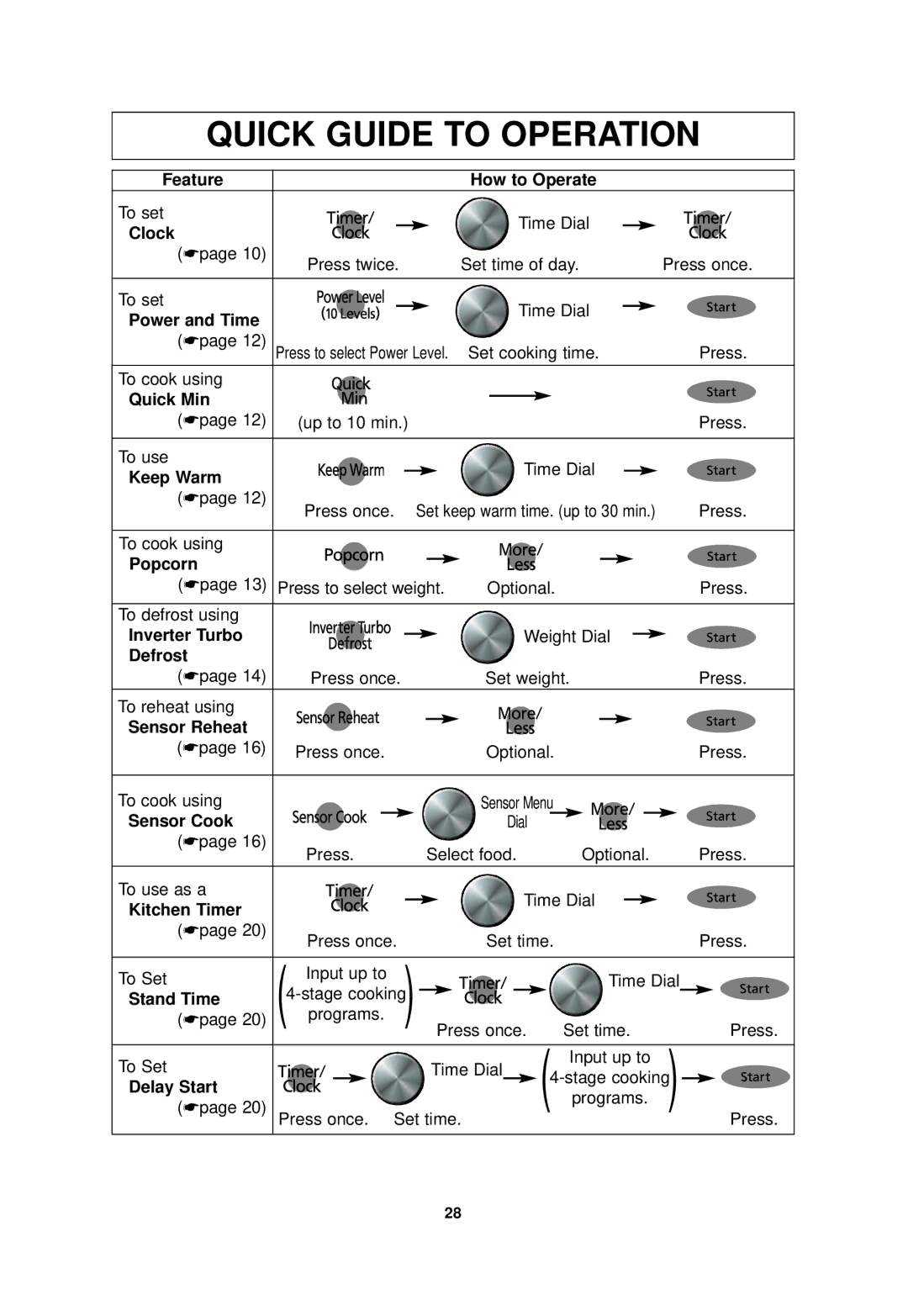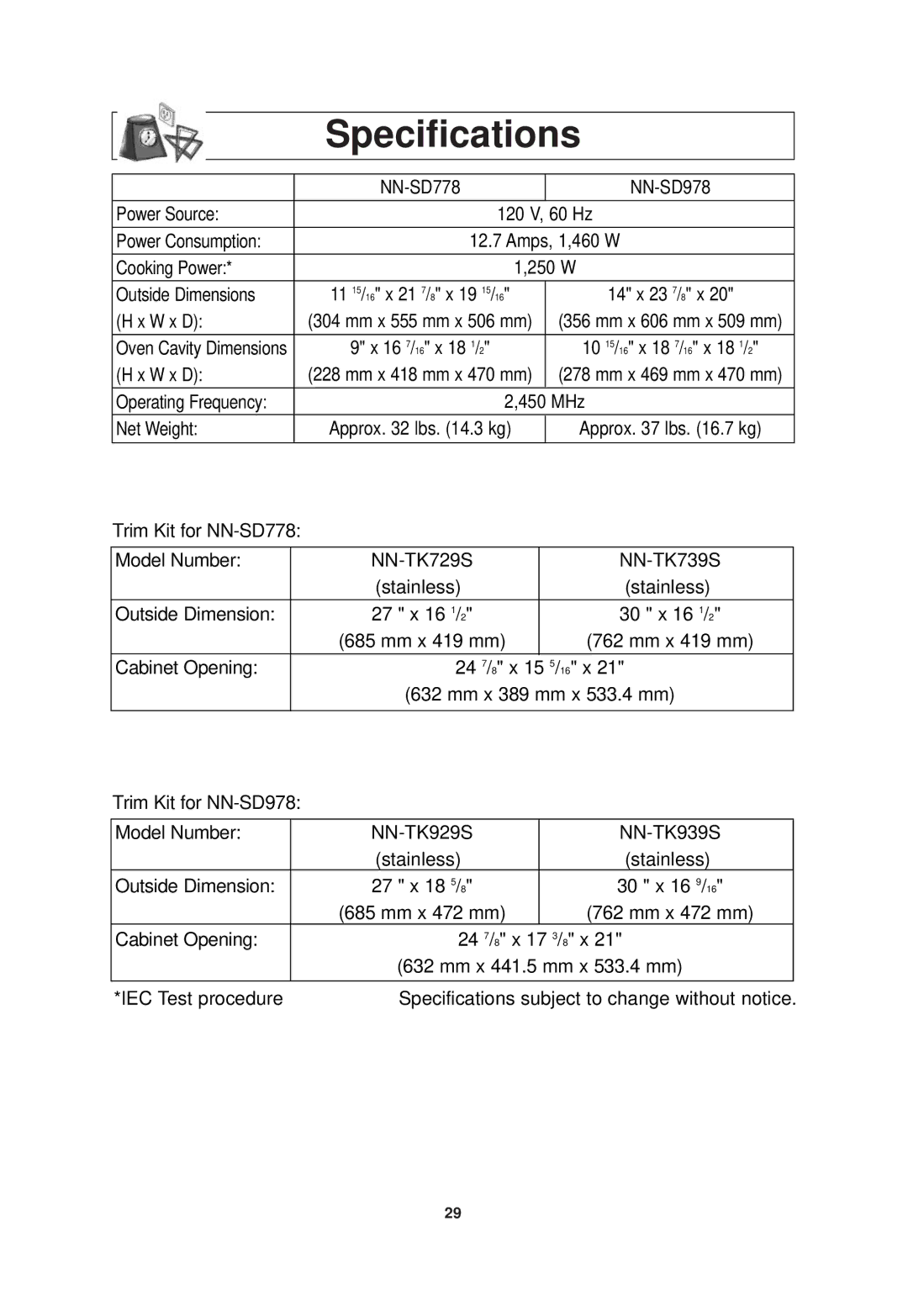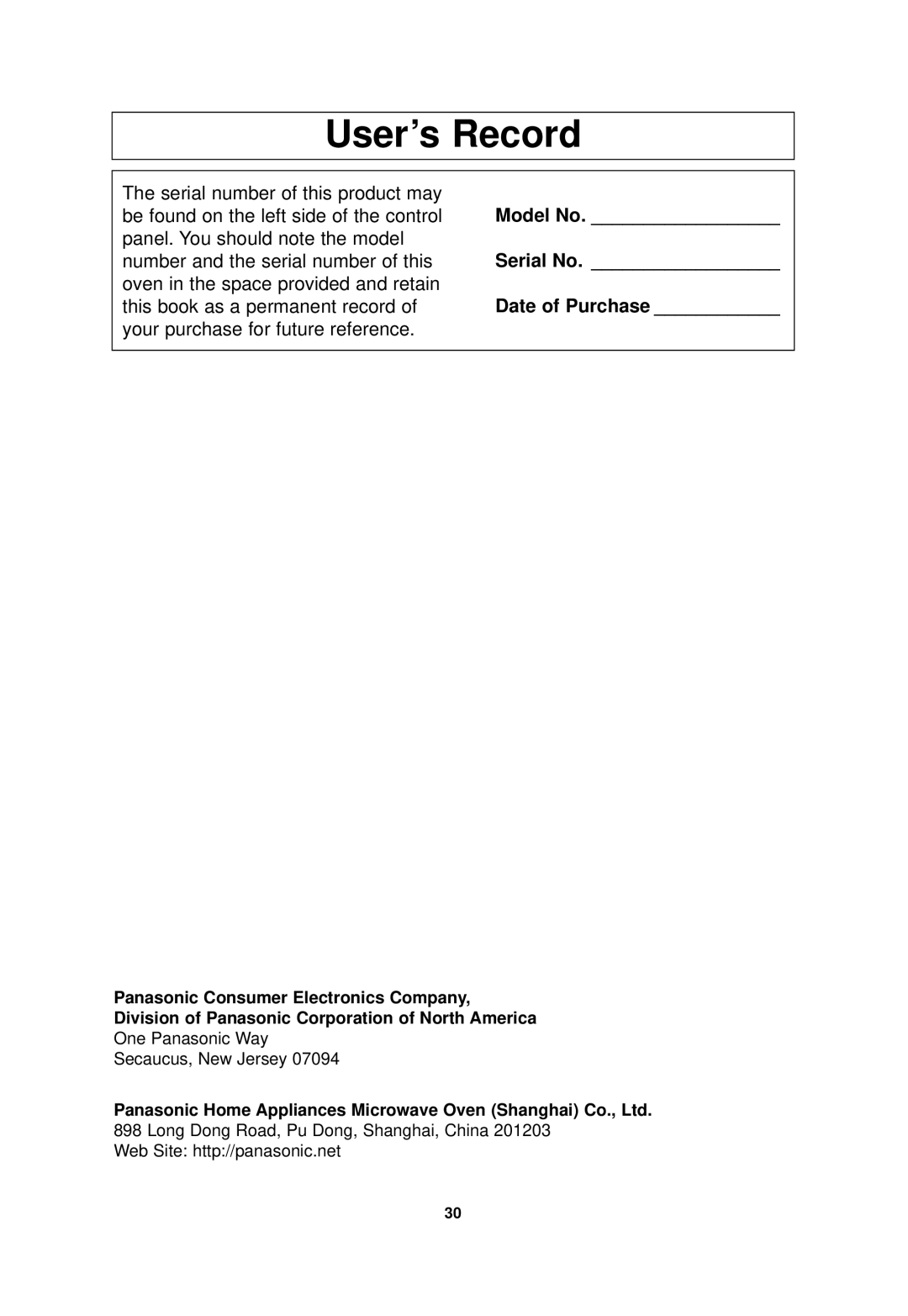NN-SD778, NN-SD978 specifications
The Panasonic NN-SD778 and NN-SD978 are two advanced microwave oven models renowned for their innovative features and cutting-edge technology. Both units are designed to elevate the cooking experience, making meal preparation faster and more convenient for users.One of the standout features of the NN-SD778 and NN-SD978 is their Inverter Technology, which provides a steady and even cooking power. Unlike traditional microwave ovens that fluctuate in power levels, Inverter Technology delivers consistent heat, ensuring that food is cooked uniformly without hot or cold spots. This results in perfectly melted chocolate, evenly reheated leftovers, and delightful defrosting of frozen items.
Both models come equipped with a sleek and modern design that complements contemporary kitchens. The user-friendly control panel features a variety of preset cooking options, allowing users to easily select the desired function without navigating through complicated settings.
The NN-SD778 and NN-SD978 also include dedicated sensors that monitor the steam released from the food, adjusting the cooking time and power accordingly. This Sensor Cooking feature takes the guesswork out of microwaving, ensuring optimal results for a variety of dishes, from steaming vegetables to baking casseroles.
Another remarkable technology present in these models is the Turbo Defrost function. This feature accelerates the defrosting process by automatically determining the required time and power level based on the type and weight of the food, making it an invaluable asset for busy households.
Both models are equipped with a spacious interior, allowing users to fit large dishes with ease. The NN-SD978 takes it a step further with its sleek touch-button controls, enhancing the ease of operation, while also featuring inverter turbo cooking, which allows for high-speed cooking.
Energy efficiency is a key consideration in both models. They are designed to consume less power while still performing optimally, making them an environmentally friendly choice for consumers.
In summary, the Panasonic NN-SD778 and NN-SD978 are state-of-the-art microwave ovens that combine advanced technologies like Inverter Technology, Sensor Cooking, and Turbo Defrost to provide superior cooking performance. Their elegant design, user-friendly controls, and energy efficiency make them coveted appliances for anyone looking to simplify their cooking experience while achieving delicious results.
